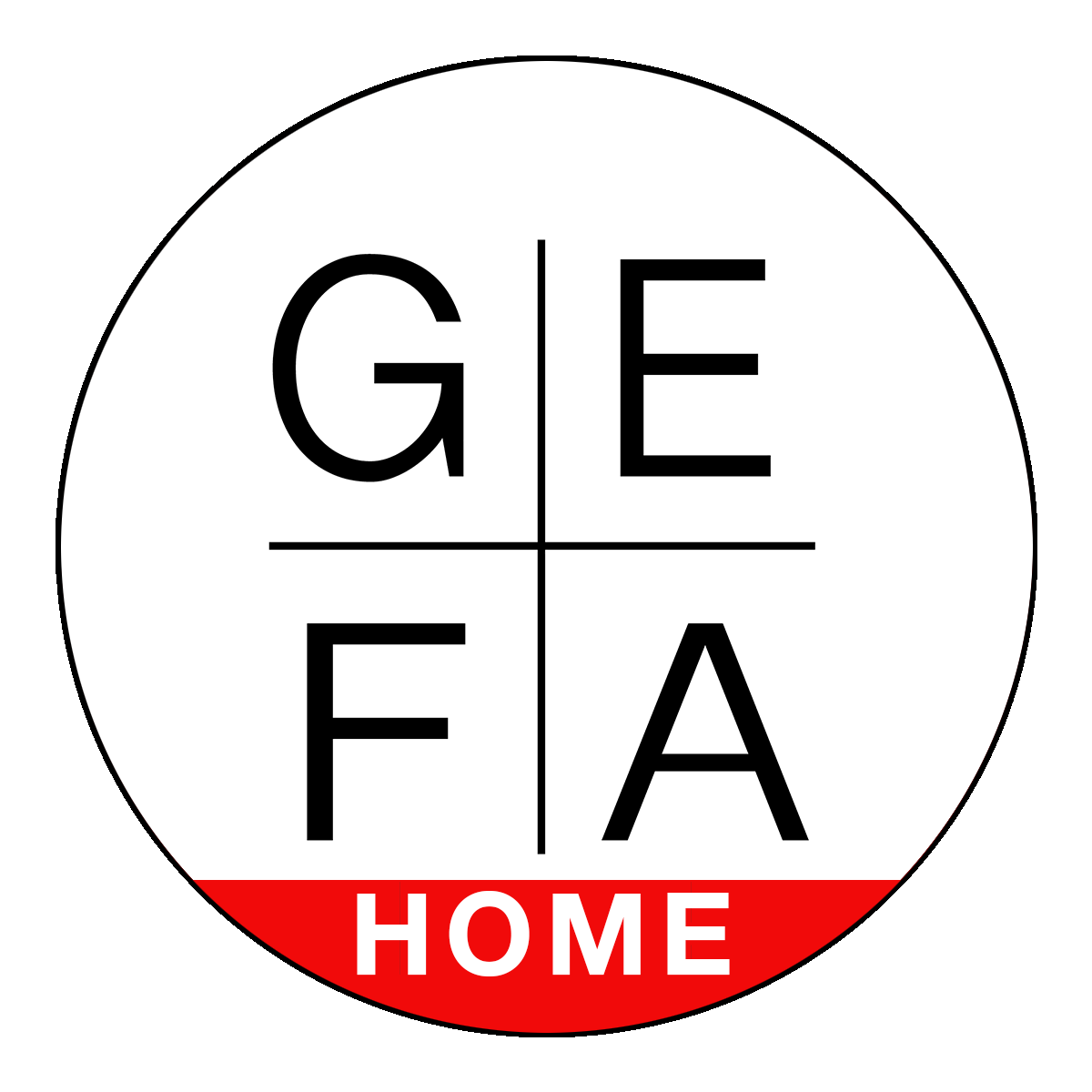KARO STUDIOS
“To create a visual sensation, there must be a strong connection between one’s mind, hands and eyes.”
Karo Martirosyan, a precise, meticulous and organized artist, born in Yerevan, Armenia, attributes the birth of his appreciation and passion for art to his formative years. As an engineer, his mother instilled the importance of organization and precision, and as an architect, his father shared his enthusiasm for art, color and vision.
Karo’s family moved to the United States when he was very young, and his creative nature and ability were further nurtured by many years of private art lessons, while he experimented with different mediums. After high school, Karo attended the reputable architecture program of Cal Poly Pomona, where he further fell in love with both the simplicity and complexity of art and design. He studied abroad in Florence, Italy. “For years, I’d studied the relevance of these buildings, and there I was, breathing the same air as their creators.”
Since then, Karo has been inspired by his extensive travels throughout the US, Europe and Asia. His grandfather ignited his passion for travel by taking him everywhere he went and teaching himhow to explore and experience theworld with open eyes and a curious mind. These lessons prepared him for the person who would have a profound influence on his vision as an adult. Yuroz, a renowned artist who has painted for many dignitaries in various countries, took Karo under his wing and gave him the opportunity to see the world through the eyes of a prolific artist. He accompanied Yuroz to meet the President of Guatemala and Pope Benedict in Vatican City. Yuroz’s core values of love, passion and creation depicted in his figurative and cubist paintings have left a strong impact on Karo as an artist.
The most important source of influence for Karo is the majestic power of nature, helping him build the structures, using balance and color while imagining the story he wants to tell. “Art has the capacity to break the rigidity of daily life.” To Karo, the traditional grid represents the rigid structure of life. He breaks the grid into an abstract form to create flexibility; some of his pieces are centered on the purity of the naked grid, whereas other creations are simply supported by the invisible grid in the background.
Through his designs, Karo hopes to intrigue the viewer as the grid elicits a feeling of orderliness and the seemingly floating glass induces a sense of lightness.
Creative Process
1. The concept is born from an idea inspired by nature and architecture.
2. Nature's palette becomes my textbook, and I begin to sketch until I find my true vision for each piece.
3. My architectural background along with my creative mind come together to create a grid that becomes the structure for the art, and more importantly is the foundation of my personal journey. The grid gets superimposed with the conceptual sketches, and the new vision is transferred onto a large sheet of cardboard.
4. The cardboard takes multiple dimensions as scale and proportion are implemented. Most often I use large rulers, various masking tapes, colorful markers, and stickers to create a complex skeleton of the piece on the cardboard.
5. I use wooden sticks and cardboard cutouts to create a three-dimensional model of the piece I originally transcribed onto the cardboard. Each wooden stick is measured and each cardboard piece represents the actual size of the glass that will be used. This process strengthens the foundation of the structure and the overall composition of the piece.
6. I cut the metal to exact measurements, and then by welding them together, create the structure that will hold the glass pieces. Once welded, the metal skeleton is grinded to perfection and powder coated, ready for the placement of the glass.
7. Glass panels are baked in large sheets and hand selected based on color, pattern and sheen. They are then cut down into smaller pieces based on their size requirements for each individual composition.
8. Each piece of glass is carefully attached onto its precise position on the metal structure.
9. I personally design and build crates for each piece. This allows the artwork to hang inside the crate safely, making it ready to be delivered anywhere in the world.


